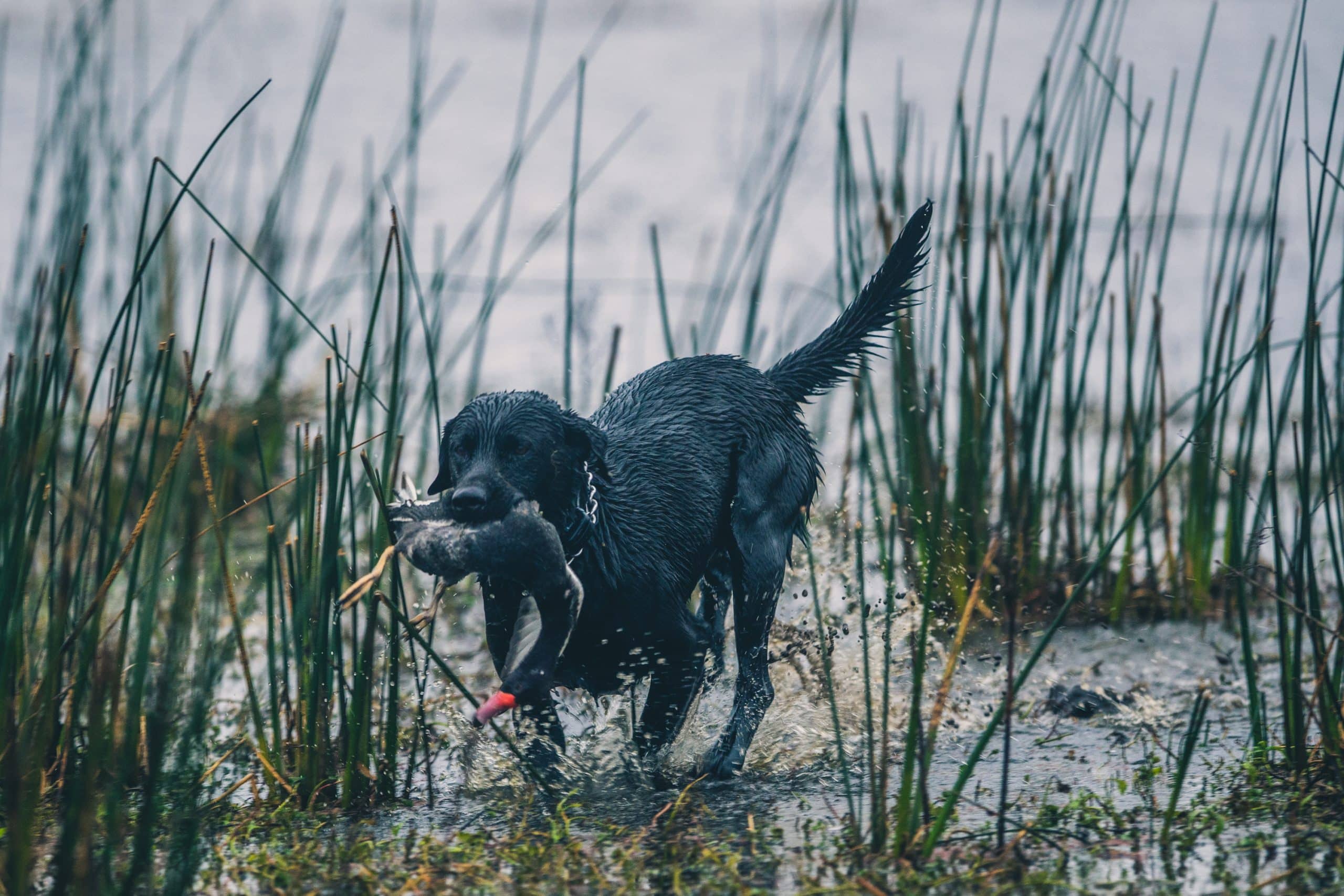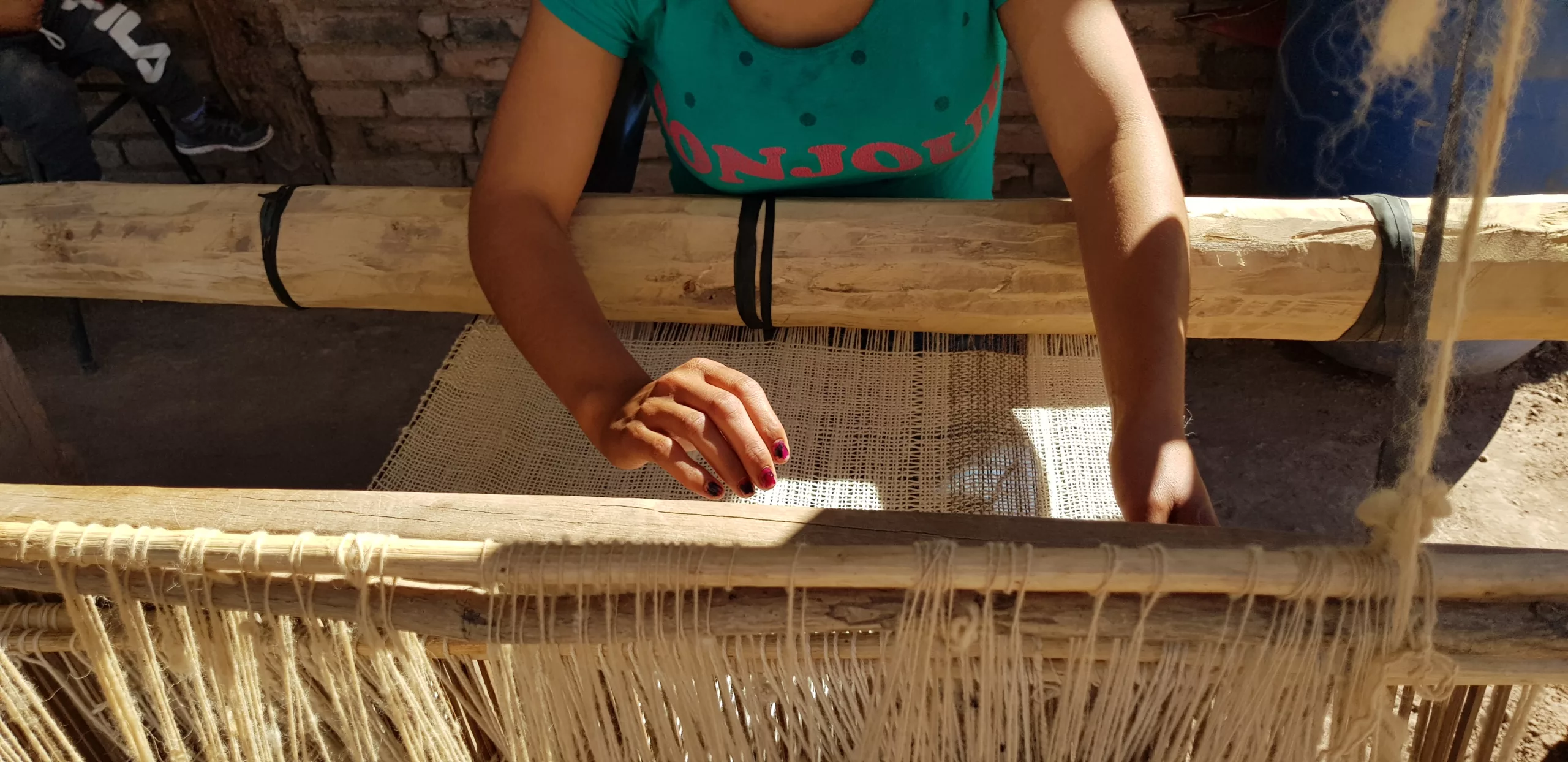A Vision of Change
How Our Shotgun Shell Recycling Initiative is Changing Lives in Córdoba. At The Kautapen Group, our commitment goes beyond pro..

You have heard it from guides and hunting buddies. Heck, you have probably said it. I have heard it for years, and I know that I have said it. “Take ‘em” or, ”Let’s get ‘em, or even “Now!” said loud enough for a group of guys to hear is the standard call to arms, the signal to alert the guns into action. I’ve heard the television guys sometimes say “cut ‘em” which to me seems boorish and more appropriate for the knife fighting scene in West Side Story, but maybe that’s just me.
Regardless of what is said, how loud it is said, and who says it, calling the shot is a big deal. I’m willing to bet it is a bigger deal than you realize. How many of us have been in the blind with a friend or two or three, and after a group of circling mallards turns into vapor, someone says “We should have taken them on the third pass.” It happens all the time.
Duck hunting is a maelstrom of would have’s, should have’s, and could have’s, and crisp, clear communication in the blind helps alleviate second-guessing, and confusion. Even if someone in your blind makes a wrong decision, at least there was leadership, and everyone either learns that the birds were “shootable” and everyone got some shooting, or they learned that they were not. But taking an action step, I’d argue, is always better than waiting for the perfect toll, which truthfully doesn’t come along very often.
When to call the shot also differs by the situation. During our earlier teal season, for example, the little group that I hunt with frequently has had an agreement that if you see a teal and think you can kill it, then go ahead. We hunt small spots for teal, many are just a half-acre of open water, and the teal are in and out of the hole in the blink of an eye. By the time someone was to announce, “here comes a teal” the duck is already long gone. Better to hope everyone is looking in roughly the same direction, and hope that they stand up and start swinging when you do. It has worked for us. Obviously, on rare, red-letter days when the birds are coming in good groups and there is activity, everyone pays attention and the shooting is self-explanatory. But when a rule makes sense when the going is tough-when you may only see a few teals in a morning outing, it often makes the difference between a day that ends with shooting four singles, rather than just seeing eight teal over the hole.
Big ducks are a different story, and diving ducks, for example, tend to be the kind of birds that lend themselves toward readiness. Divers make big, wide, swings and after the first pass, there is often enough time to put down the coffee cup, shed a glove or mitten, and get your feet placed in the bottom of the boat or blind before the ducks careen into the decoys. Mallards and other ducks like pintails, gadwalls, and black ducks will also often allow some time. If they are working to the call, there is time as the birds pass out front or behind the blind, so that when they commit, the guns are ready.
Calling the shot while goose hunting is as important as in duck hunting, and experienced goose hunters can elevate calling the shot to a very productive level. These days many goose hunts are conducted from layout blinds, with the blinds in a line, usually just behind or among the decoys. By watching geese approach and timing the shot call, good hunters can estimate when a group of geese will be in range or in front of everyone in the line. Done right, this can lead to a big tally-if there is a bird or two in front of or on top of each gun, it can rain geese. Done incorrectly, one end of the line of blinds will shoot decoying birds, while the other end might have hard angles on birds leaving the spread, or worse, they will spectate.
The same is true when hunting a pit blind of any kind, if given a wind off your back, the birds will decoy in front of the blind, and a flock of ducks should naturally spread across the length of the pit. But, in a quartering wind, ducks will decoys at angles to the pit, and if this is the case, the shot caller must time his utterance to ideally provide shooting to each end of the pit as the birds’ toll into the wind and “drag” across the front of the blind.
How does one elect the blind captain, or shot caller, or he who is largely responsible to determine the outcome of the hunt? Some clubs or groups draw straws, others base the decision on ownership, i.e. “It’s my blind, and I’ll tell you when to shoot.”
However it is decided it usually is based upon experience, the eldest member of the tribe plotted the strategy for the buffalo hunt, and now the most sage of the waterfowlers decides when to light into a group of widgeon. Experience matters.
One of the finer points of calling a shot that I have been pondering in recent years is the differences in the styles of shooting opportunities that different blinds give. For example, in a small traditional duck blind with just two or three hunters, when it is time for the shot, someone can just say in a loud whisper, “Let’s get ‘em” and the other fellow or fellows, of course, hear this. All stand up in unison, and many times the ducks are caught totally unaware that the gunfire is about to begin. The first shot or two are easy, ducks are hanging over decoys or almost floating. But add a hinged flap to this blind, and watch what happens. The shot is called, the door drops, the ducks see it open, and all the shots are at ducks that are in “getting out of Dodge” mode. The same thing happens with layout blinds. I’m tempted to take the doors off a couple of my layout blinds, and just cover the openings with camouflage blankets just for the sake of the experiment. Shooting from a layout blind is hard enough, and I believe that when the shot is called, if about sixty square feet of blind doors didn’t fly open, you’d likely catch more ducks and geese by surprise, making those first couple shots far easier.
The same thing is true when actually calling the shot. You don’t have to scream it. You aren’t going over the top of a trench on the battlefield. You are telling several other adults to stand up and shoot guns at waterfowl. You just need to use a voice loud enough so that all can hear. You’d best be sure that you do—because if some don’t hear you, you’ll be indicted for doing it on purpose. I have been in blinds like that before, as the birds’ decoy, you hear, “boom, boom, take ’em, boom.”
I’d also add that at the other end of the spectrum, booming out the “Take ‘Em!” command just tends to rattle and fluster youngsters and the inexperienced. Just give firm directions.
Some years ago I had a dog that was pretty steady, but he was not 100%. Every now and again he’d break off a dog stand, usually on the first ducks of the day. This set the tone for the morning and it bugged me to no end. I started to tell the dog to “stay” as I stood up to shoot. It fixed the problem almost immediately. But my son was in the blind with me one morning and after a group of mallards decoyed and I rolled a couple of drakes out of the bunch, I looked over and asked why he hadn’t fired a shot.
“You told me to stay!” was his reply. I told him the story about the dog’s behavior, but he still doesn’t believe me.

How Our Shotgun Shell Recycling Initiative is Changing Lives in Córdoba. At The Kautapen Group, our commitment goes beyond pro..

Las Teleras Project @ Santiago Del Estero Lodge September 19th to 23rd, 2024 David Denies core mission has always revolved arou..
